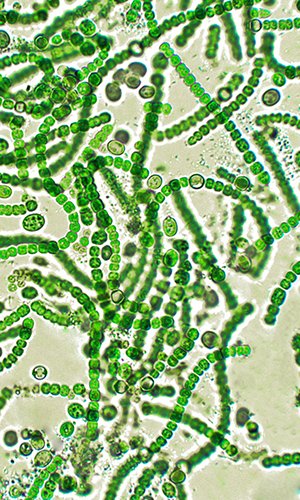Studying tardigrades (known as “water bears”) could help us understand how humans might survive in space and alien environments, given their exceptional resistance to hostile environments. These extremophiles, able to withstand the most inhospitable conditions, have become a focal point for research in recent years. Tardigrades can survive temperatures from -271°C to over 150°C, pressures more than 1,200 times that of Earth’s atmosphere, dehydration, and intense ionising radiation. This makes them an essential model for astrobiological studies and investigations into life beyond Earth. Specific proteins like Dsup (Damage Suppressor) play a key role in their resilience. Dsup protects DNA from radiation by forming a shield around the genetic material, reducing double-strand breaks and preserving genetic integrity. Researchers have also studied heat shock proteins (HSPs) and antioxidant enzymes in tardigrades, which help maintain protein stability under temperature extremes and mitigate radiation-induced damage. These findings hint at the types of life that might exist in extreme off-Earth environments, such as Mars, Europa and Titan. With its radiation-rich atmosphere and occasional liquid water, Mars, along with Europa and Titan (icy moons with subsurface oceans) are prime candidates for extremophile life. Tardigrade adaptation research also has biotechnological applications, potentially enhancing human resilience. This includes boosting radiation resistance, protecting human cells against extreme cold, and engineering crops that survive in harsh climates. These insights highlight extremophiles’ broader relevance to both earthly challenges and future space missions, thus deepening our understanding of survival in extraterrestrial environments.




